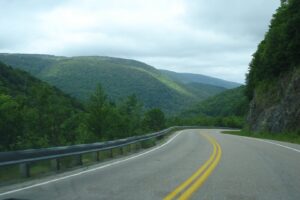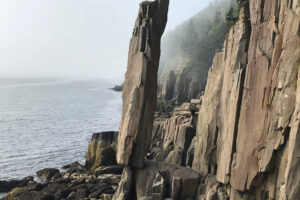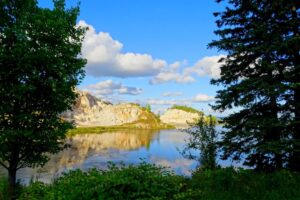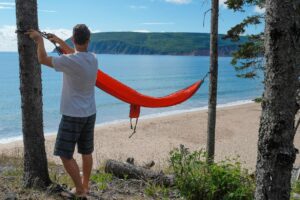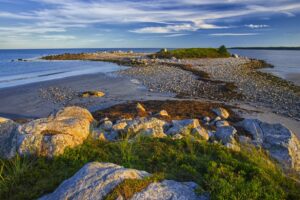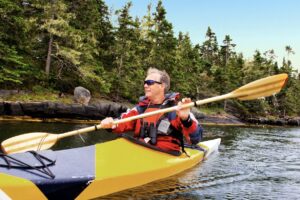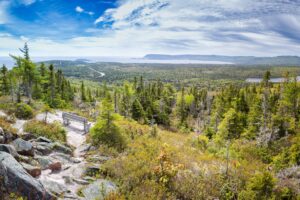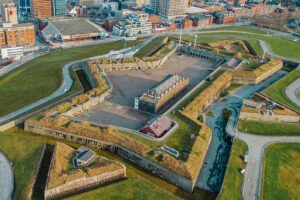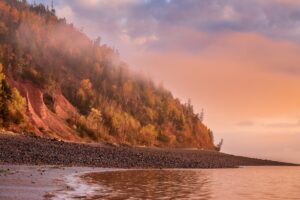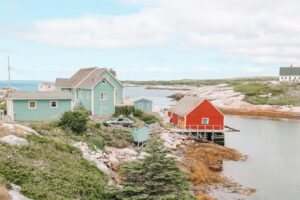![Top Hiking Trails in Digby, Nova Scotia for Adventure Seekers [2025]](https://gotraveldaily.com/wp-content/uploads/2025/08/gotraveldaily-63d67e90-d382-427f-b904-5e51a4e19f8a-300x200.jpg)
Top Hiking Trails in Digby, Nova Scotia for Adventure Seekers [2025]
Digby, a quaint town in Nova Scotia, is renowned for its exceptional scallops and the world’s highest tides. However, it is less known for its hiking trails, a situation that is rapidly changing. The local community has recently established a remarkable network of trails catering to varying skill levels, along with new parking facilities and informative signage designed to enhance the outdoor experience for both residents and visitors.
Read More 
